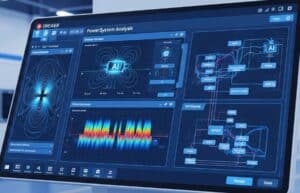
Online AI tools are rapidly transforming electrical engineering by augmenting human capabilities in circuit design, system analysis, electronics manufacturing, and power system maintenance. These AI systems can process vast amounts of simulation data, sensor readings, and network traffic, identify complex anomalies or performance bottlenecks, and generate novel circuit topologies or control algorithms much faster than traditional methods. For instance, AI can assist you in optimizing PCB layouts for signal integrity and manufacturability, accelerate complex electromagnetic or power flow simulations, predict semiconductor device characteristics, and automate a wide range of signal processing and data analysis tasks.
ستساعد المطالبات المقدمة أدناه، على سبيل المثال، في التصميم التوليدي للهوائيات أو المرشحات، وتسريع عمليات المحاكاة (SPICE، ومحاكاة المجال الكهرومغناطيسي، وتحليل استقرار نظام الطاقة)، والمساعدة في الصيانة التنبؤية حيث يحلل الذكاء الاصطناعي بيانات المستشعرات من محولات الطاقة أو مكونات الشبكة للتنبؤ بالأعطال المحتملة، مما يتيح الصيانة الاستباقية وتقليل وقت التعطل، والمساعدة في اختيار مواد أشباه الموصلات أو الاختيار الأمثل للمكونات (على سبيل المثال، اختيار أفضل مصباح تشغيل لمعلمات محددة)، وغير ذلك الكثير.
- هذه الصفحة خاصة بنطاق واحد. إذا لزم الأمر، يمكنك الحصول على إمكانيات بحث كاملة حسب جميع المجالات وجميع المعايير في > دليل موجهات الذكاء الاصطناعي <, dedicated to product design and innovation.
- نظرًا لموارد الخادم والوقت، فإن المطالبات نفسها محجوزة للأعضاء المسجلين فقط، ولا تظهر أدناه إذا لم تكن مسجلاً. يمكنك التسجيل، 100% مجاناً:
- استكشاف الأخطاء وإصلاحها وتشخيصها
- الهندسة الكهربائية
موجه الذكاء الاصطناعي إلى تفسير سجلات إنذارات SCADA لتحليل الأسباب الجذرية
- الهندسة الكهربائية, تحليل وضع الفشل وتأثيراته (FMEA), خوارزميات الصيانة التنبؤية, تحسين العمليات, تحسين العمليات, مراقبة الجودة, إدارة الجودة, تحليل السبب الجذري, الاستجابة الذكية للطلب على الشبكة الذكية
يقوم هذا الموجه بمعالجة مستخلصات سجلات إنذارات SCADA لتجميع الإنذارات زمنيًا ومنطقيًا لاستنتاج الأسباب الجذرية واقتراح إجراءات الصيانة الوقائية لمعدات الشبكة الكهربائية.
المخرجات:
- تخفيض السعر
- لا يتطلب إنترنت مباشر
- الحقول: {scada_alarm_alarm_log_text}
- الأفضل لـ التعرف على أنماط إنذارات SCADA وتلخيص أسباب الأعطال
- توليد البيانات أو زيادتها
- الهندسة الكهربائية
موجه الذكاء الاصطناعي إلى توليد بيانات ضوضاء المستشعر الاصطناعية
- الذكاء الاصطناعي, التعلّم الآلي, ضمان الجودة, مراقبة الجودة, المستشعرات, معالجة الإشارات, محاكاة, التحليل الإحصائي
يولد هذا الموجه بيانات ضوضاء اصطناعية مطابقة للخصائص الإحصائية (المتوسط، والتباين، ونوع التوزيع) لمجموعة بيانات ضوضاء مستشعر الإدخال لزيادة قياسات إشارة المستشعر في التجارب الإلكترونية أو المحاكاة.
المخرجات:
- CSV
- لا يتطلب إنترنت مباشر
- الحقول: {Sensor_noise_data_data_csv} {desired_number_of_of_points}
- الأفضل لـ إنشاء مجموعات بيانات ضوضاء اصطناعية لتحليل المستشعرات
- توليد البيانات أو زيادتها
- الهندسة الكهربائية
موجه الذكاء الاصطناعي إلى توسيع نطاق مجموعة بيانات حالات أعطال نظام الطاقة
- التعلّم الآلي, خوارزميات الصيانة التنبؤية, تحسين العمليات, إدارة الجودة, الطاقة المتجددة, تحليل المخاطر, محاكاة, ممارسات الاستدامة
ينشئ هذا الموجه سيناريوهات جديدة وواقعية لحالات الأعطال مع معلمات متنوعة (نوع العطل وموقعه ومدته) استنادًا إلى مجموعة بيانات أعطال نظام الطاقة الحالية للمساعدة في تدريب نموذج التعلم الآلي أو اختبار الإجهاد.
المخرجات:
- JSON
- لا يتطلب إنترنت مباشر
- الحقول: {power_faults_dataset_dataset_json} {عدد_الحالات_الجديدة}
- أفضل من أجل: زيادة مجموعات بيانات الأعطال لمحاكاة نظام الطاقة أو تدريب تعلم الآلة






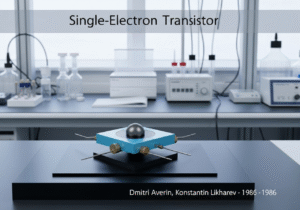
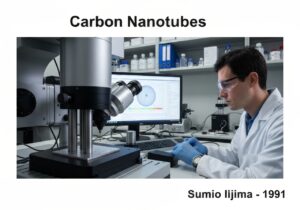









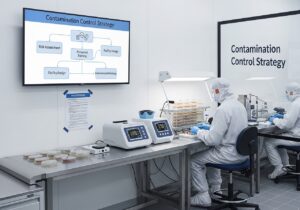

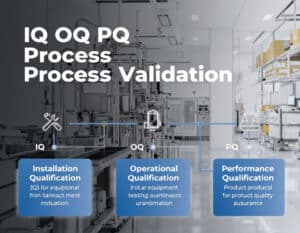






هل تعتمد فعالية الذكاء الاصطناعي في توليد المطالبات إلى حد كبير على جودة البيانات المدخلة؟
المشاريع الهندسية أيضاً؟ دعنا نناقش ذلك أيضاً.
الذكاء الاصطناعي ليس حلاً سحرياً لكل المشاكل!